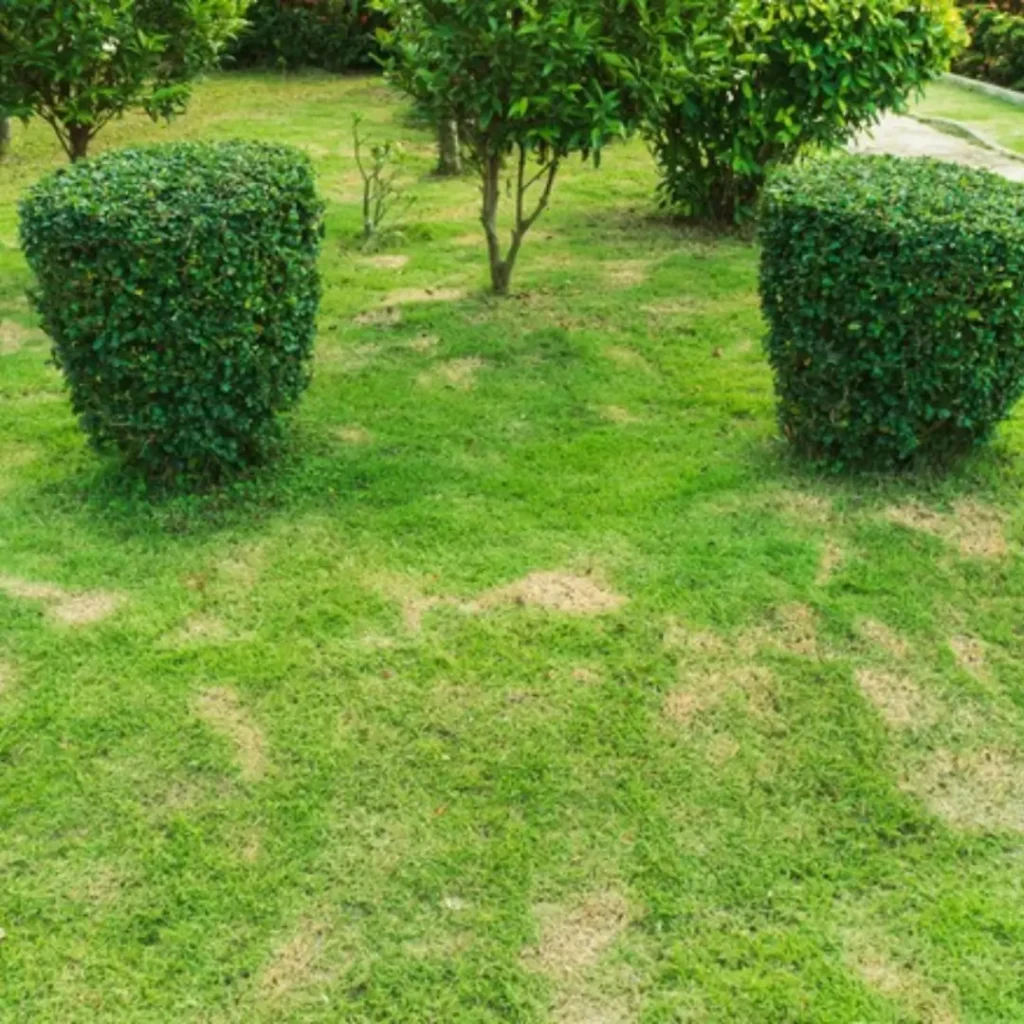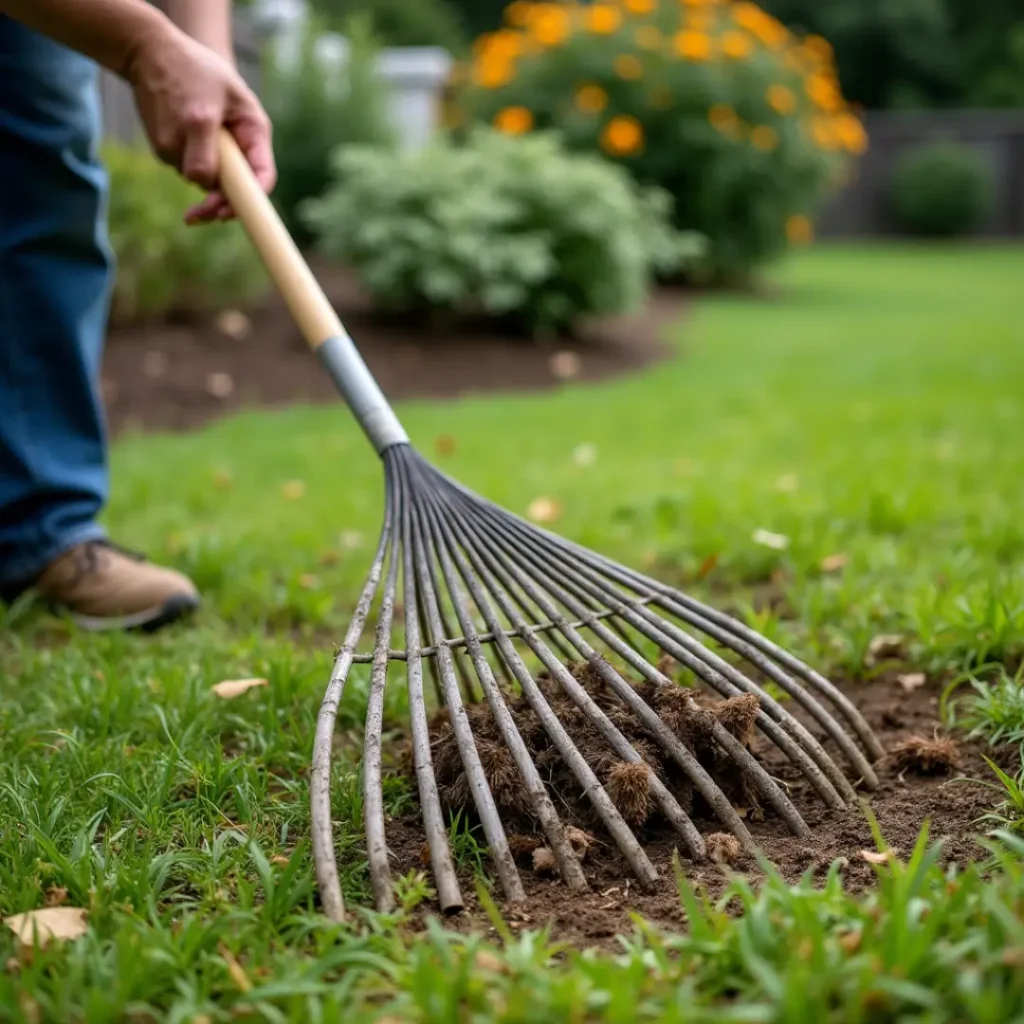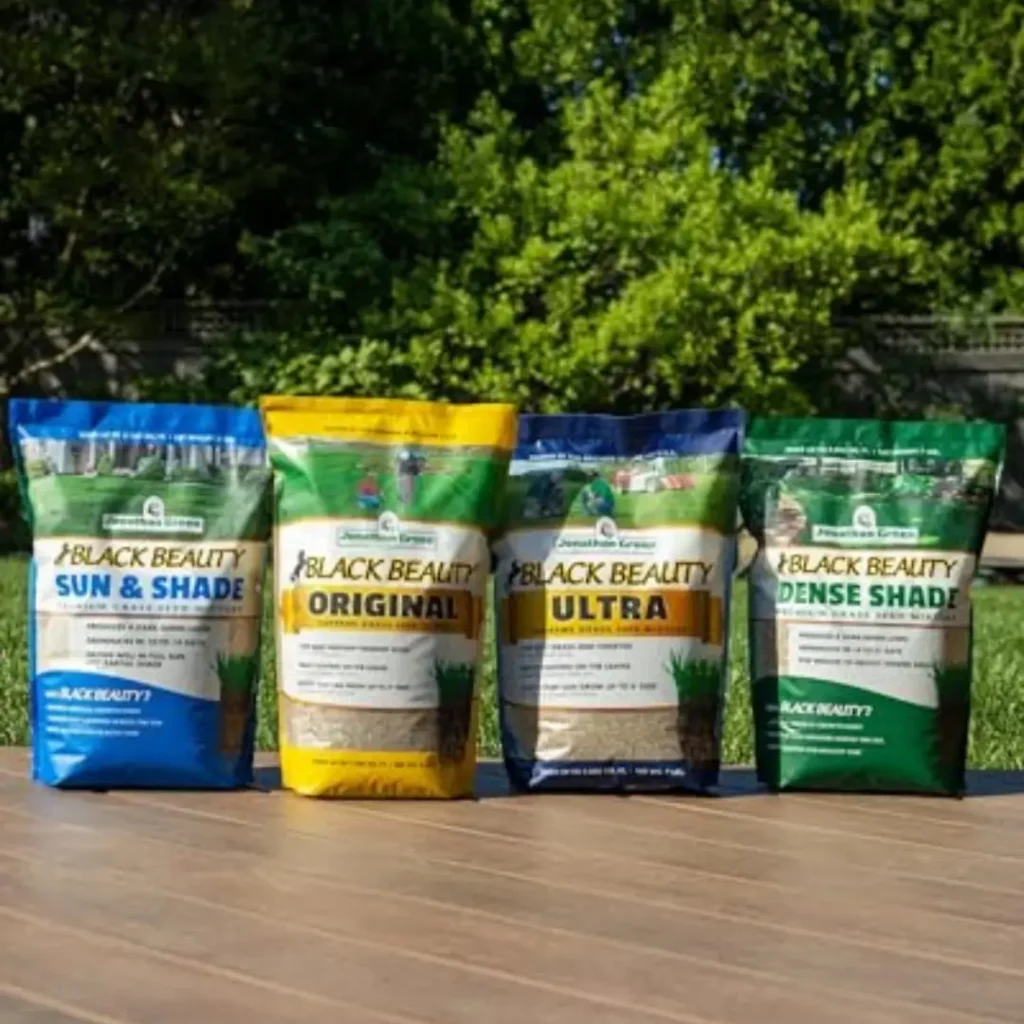How to Fix a Dead Lawn Fast – 5 Steps to Bring It Back
Introduction
How to fix a dead lawn ? A dead lawn can feel like an eyesore, but don’t lose hope! Whether your grass is dried out, patchy, or completely brown, bringing it back to life is absolutely possible with the right care and patience. Understanding why your lawn is struggling is the first step. Is it due to lack of water? Poor soil? Too much foot traffic? Maybe it’s a mix of several problems. Regardless of the cause, you can take action today to start the revival process.
Imagine stepping out onto a soft, green, and healthy lawn. That dream can become a reality with a few simple yet effective strategies. Let’s dive into everything you need to know about restoring your lawn to its former glory.
Table of Contents
1. Identifying the Root Cause of Lawn Damage
The first step in reviving a lawn is figuring out what went wrong in the first place. If you don’t fix the underlying problem, your efforts might be wasted. A lawn doesn’t just die overnight—it usually takes weeks or even months of stress before it turns brown and lifeless. Identifying the exact cause of the problem is crucial because treating symptoms without addressing the root issue will only lead to repeated lawn failures.
Why Diagnosing the Problem Matters ?
Just like a doctor diagnosing an illness before prescribing treatment, you need to understand what’s causing your lawn’s decline. Applying fertilizer to grass that’s suffering from compacted soil won’t help because the nutrients won’t reach the roots. Similarly, watering a lawn suffering from fungal disease can make the problem worse by promoting more fungal growth. Taking the time to assess the situation saves time, money, and frustration in the long run.
Signs and Symptoms of a Struggling Lawn :
Here are some common symptoms that indicate what might be harming your grass :
- Grass Turning Yellow or Brown – Could be due to drought, lack of nutrients, or disease.
- Thin or Patchy Areas – Might be caused by high foot traffic, pests, or poor soil conditions.
- Mushy or Slimy Grass – Often a sign of overwatering or fungal infection.
- Wilting Even After Watering – Could indicate compacted soil preventing water absorption.
- Grass Pulls Up Easily – Possible grub infestation eating away at the roots.
How to Diagnose the Problem :
If you’re unsure about the cause of your lawn’s decline, follow these steps to pinpoint the issue:
- Inspect the Grass Closely : Look for patterns. Are the dead patches random, or do they form rings? Are some areas worse than others?
- Test the Soil : A soil test will reveal pH levels, nutrient deficiencies, and compaction issues.
- Examine for Pests : Pull up a small section of grass. If you see white grubs, beetles, or other insects, they might be damaging the roots.
- Look for Fungal Growth : White, powdery residue, or slimy patches indicate a fungal problem.
- Check Watering Habits : If the lawn feels bone dry, it may need more water. If it’s too wet and spongy, drainage could be an issue.
- Monitor Foot Traffic Areas : If the dead spots are in commonly walked areas, excessive compaction may be preventing growth.
Taking the Next Steps :
Once you determine what’s causing your lawn to struggle, you can implement a targeted solution. If soil compaction is the issue, aeration will help. If a fungal disease is present, reducing moisture and applying a fungicide can stop the spread. Diagnosing the issue correctly ensures that all the effort you put into lawn restoration leads to long-term success rather than temporary improvement.

2. Testing & Improving Soil Quality :
Once you’ve identified the cause, it’s time to work on the soil. Grass grows best in nutrient-rich, well-draining soil with a balanced pH level.
How to Test Your Soil :
- Buy a soil testing kit from a garden store or online.
- Test for pH levels (ideal range: 6.0–7.0).
- Check for nutrient deficiencies (Nitrogen, Phosphorus, Potassium).
- Look for signs of compaction—if the soil is too hard to poke a stick into, it needs aeration.
How to Improve Soil Health :
- Aerate the Soil – Use a core aerator to break up compacted soil.
- Adjust pH Levels – Add lime to raise pH or sulfur to lower it.
- Enrich the Soil – Add organic matter like compost or manure to improve nutrient content.
- Topdress with Sand and Soil Mix – This helps with drainage and root penetration.
3. Removing Dead Grass & Prepping the Lawn :
Before new grass can grow, the old, dead grass must be cleared out. This process is essential because leaving dead grass in place can prevent water, nutrients, and sunlight from reaching the soil, making it harder for new grass to take root and thrive. Think of it as preparing a fresh canvas for a new painting—if the surface isn’t clean, the new layers won’t stick properly.
Why Removing Dead Grass is Important ?
Dead grass, also known as thatch, can create a barrier that blocks essential resources from penetrating the soil. This can lead to:
- Poor seed-to-soil contact, reducing germination success.
- Increased risk of fungal diseases, as moisture gets trapped.
- A breeding ground for pests that feed on decaying organic matter.
Steps to Prepare the Lawn for Seeding :
- Mow Low : Set your lawn mower to the lowest setting and trim the existing grass as short as possible. This helps expose the soil and removes some of the dead material.
- Dethatch the Lawn : If there’s a thick layer of thatch, use a dethatching rake or a mechanical dethatcher to break it up. Thatch more than ½ inch thick should be removed to prevent it from suffocating new growth.
- Rake & Remove Debris : After dethatching, use a regular rake to clear out all loosened dead grass, leaves, and other debris.
- Loosen the Topsoil : A light tilling or raking of the top layer of soil helps new grass seeds make proper contact with the ground, increasing their chances of germination.
- Apply a Layer of Compost or Topsoil : Spread a thin layer (about ¼ inch) of nutrient-rich compost or topsoil over the area. This enriches the soil and improves the growing conditions for new grass.
- Check for Remaining Compaction : If the soil is still hard, consider aerating the lawn to improve drainage and allow air, water, and nutrients to reach the roots.
By following these steps, you’re setting the stage for successful grass regrowth, ensuring that new seeds have the best possible environment to germinate and flourish.

4. Choosing the Right Grass Seed
Not all grass is the same. The type of grass seed you choose will depend on your climate and how much sun your lawn gets.
Grass Types for Different Climates
- Cool-Season Grasses (Ideal for northern regions) : Kentucky Bluegrass, Fescue, Ryegrass.
- Warm-Season Grasses (Best for southern climates) : Bermuda, Zoysia, St. Augustine.
- Shade-Tolerant Grass : Fine Fescue, Perennial Ryegrass.
- Drought-Resistant Grass : Buffalo Grass, Tall Fescue.

5. Overseeding & Spreading Grass Seed
To fill in dead spots and thicken the lawn, apply grass seed properly. This step is essential to rejuvenate your yard and create a uniform, lush green lawn. If seeds are scattered unevenly or placed on poor soil, they may not germinate well, leading to more patchy areas. Proper seeding ensures that new grass grows evenly and blends seamlessly with existing turf.
Choosing the Right Grass Seed
Before seeding, select the right grass variety based on your region and lawn conditions:
- Cool-Season Grasses (Best for northern regions) : Kentucky Bluegrass, Fescue, Perennial Ryegrass.
- Warm-Season Grasses (Best for southern regions) : Bermuda, Zoysia, St. Augustine.
- Shade-Tolerant Grass : Fine Fescue, Perennial Ryegrass.
- Drought-Resistant Grass : Buffalo Grass, Tall Fescue.
Steps for Proper Grass Seed Application
- Prepare the Soil : Ensure the soil is loose and cleared of debris. If necessary, lightly rake the surface to help the seeds make contact with the soil.
- Choose the Right Spreader : A broadcast spreader is great for large areas, while a drop spreader works well for precision in smaller sections.
- Spread the Seeds Evenly : Follow the recommended seeding rate on the package. Avoid excessive seeding, which can cause overcrowding and weak growth.
- Lightly Rake Over the Seeds : Gently rake the area to cover the seeds slightly with soil, improving contact and germination chances.
- Apply Starter Fertilizer : Use a high-phosphorus fertilizer to encourage strong root development.
- Water Immediately : Keep the soil moist but avoid overwatering. Light watering 2–3 times a day is best until seeds establish.
- Protect the Seedlings : Consider using straw or peat moss as a light mulch to prevent seeds from drying out or washing away.
- Limit Foot Traffic : Avoid walking on newly seeded areas to prevent disturbing germination.
Common Seeding Mistakes to Avoid
- Overseeding Without Preparation – Simply throwing seeds over dead spots without preparing the soil reduces success rates.
- Not Watering Enough – Dry soil prevents seeds from germinating properly.
- Using the Wrong Seed Type – Planting warm-season grass in a cool climate (or vice versa) leads to poor growth.
- Skipping Fertilization – Young seedlings need proper nutrients to develop strong roots.
By following these steps, you can successfully repair dead spots and create a thick, green lawn that looks healthy and well-maintained.
Conclusion
Restoring a dead lawn takes time and care, but the reward is worth it. By following these steps—testing the soil, removing dead grass, choosing the right seed, and maintaining proper watering, you can transform any patchy, lifeless lawn into a lush, green paradise. Stick to a regular lawn care routine, and your grass will stay healthy and vibrant for years to come !

